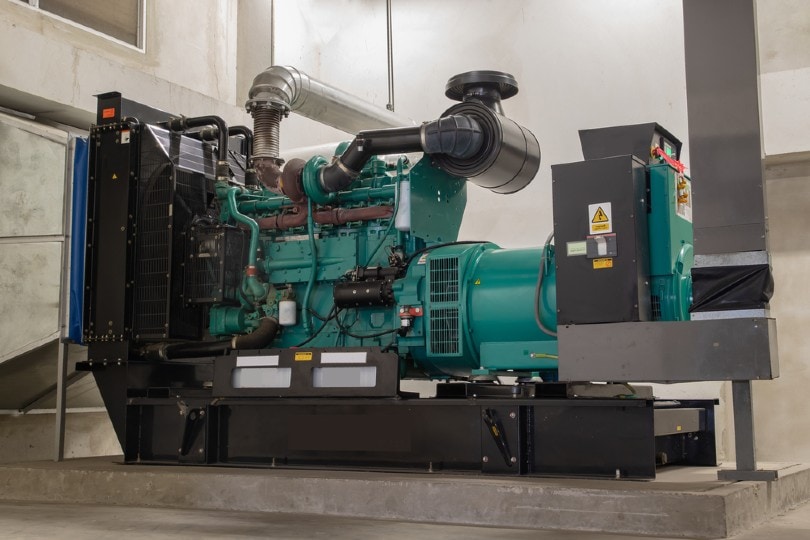Is It Safe to Backfeed a Generator? Facts & FAQ
-
Pete Ortiz
- Last updated:

If your power goes out, one thing you should not do is backfeed your generator to your home. Backfeeding is attaching your generator directly to your electrical panel. This is done by reversing the flow of electricity from the generator through your panel by using a cord with two male ends. This is extremely dangerous and should not be done, no matter what.
Since it reverses the flow of current, there is potential that it can run back through your house and into the power lines, distribution transformer, and anything else along the line. It can cause damage and injury to utility workers. As if the safety concerns weren’t enough to deter you at this point, we also must inform you that backfeeding a generator to your house is usually illegal.
How Do You Backfeed a Generator to Your House?
We cannot reiterate enough that this is not recommended. However, before we discuss the proper way to power your generator, we’ll explain backfeeding. First, you shut off the main breaker on your breaker box to ensure the power is off. Then, you have to turn off all of the individual switches.
Next, attach your generator to an electrical outlet. This is often the dryer plugin since it can handle the most amperage. The cord you use to connect the generator to your house is commonly referred to as a “suicide plug.” The last step is to fire up the generator and turn on one breaker at a time for each appliance that you need.

How Do You Power a Generator to Your House?
The proper way to power a generator to your house is by using a power inlet. It is an enclosed outlet that is hardwired to your electrical panel but is male. So, no need for a suicide cord here! Instead, you plug a male end into your generator, and the female end fits onto the inlet. Since power normally runs from the power company into your home, you need to get a transfer switch setup so your house will accept the power supplied by the generator.
How Big of a Generator Do I Need to Run My House?
If you’re wondering whether or not this little piece of equipment will carry you and your family through the storm, then don’t worry. A generator rated at 7,500 watts will be enough to keep all the basics of your house running. Your HVAC, lighting, refrigeration, and dishwasher can be taken care of with a generator that goes for anywhere between several hundred to a thousand dollars.
Final Thoughts
Most of us have been there. You’re cozying up on the couch, maybe watching a movie. You’re enjoying being comfortable while watching the snow come down hard. Then, the power shuts off. You have to ensure that you’re set up with an inlet box and transfer switch, so you aren’t tempted to backfeed your generator. Backfeeding is hazardous and illegal in most states, and you’ll protect your home and family by connecting your generator with a power inlet.
Featured Image Credit: anutr tosirikul, Shutterstock
Contents



